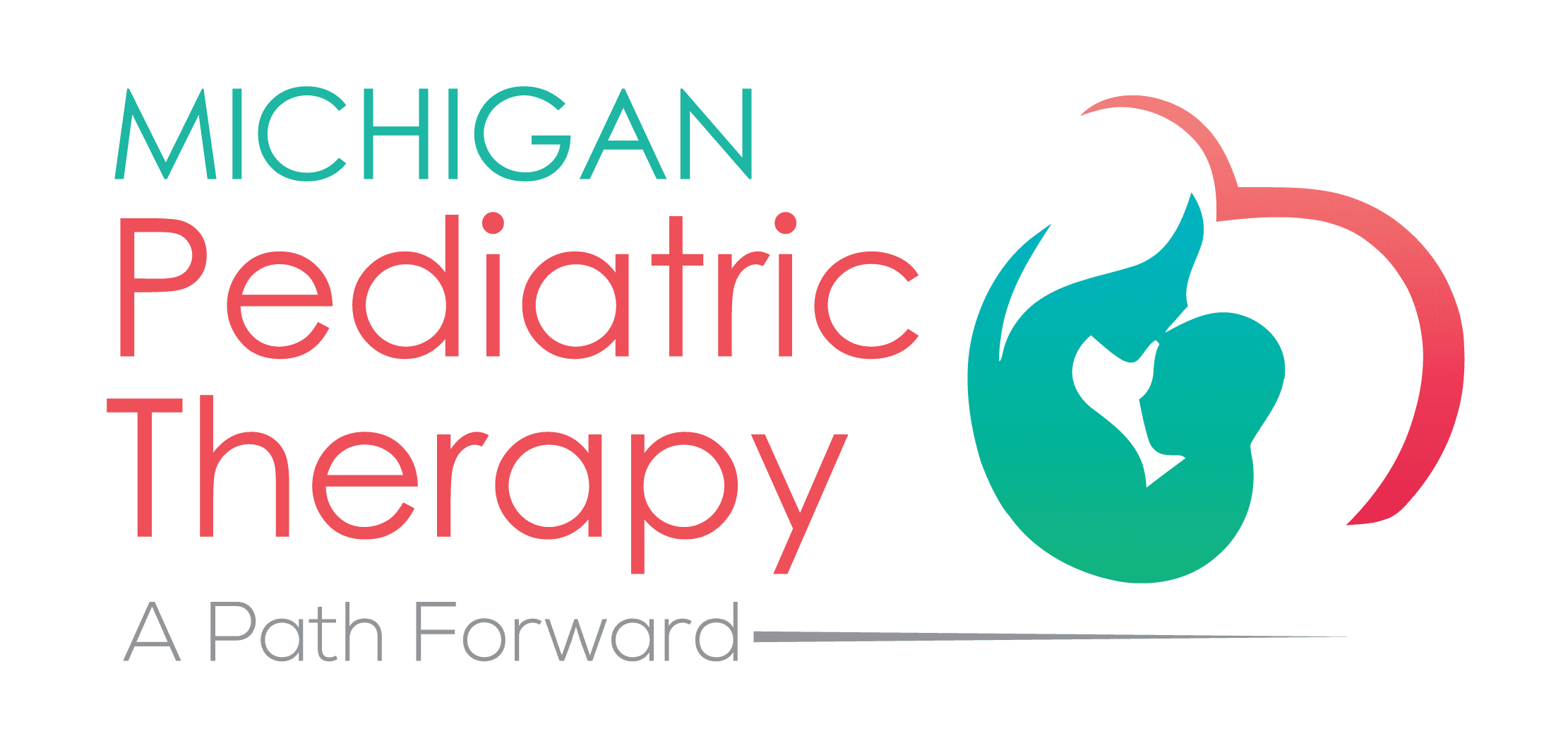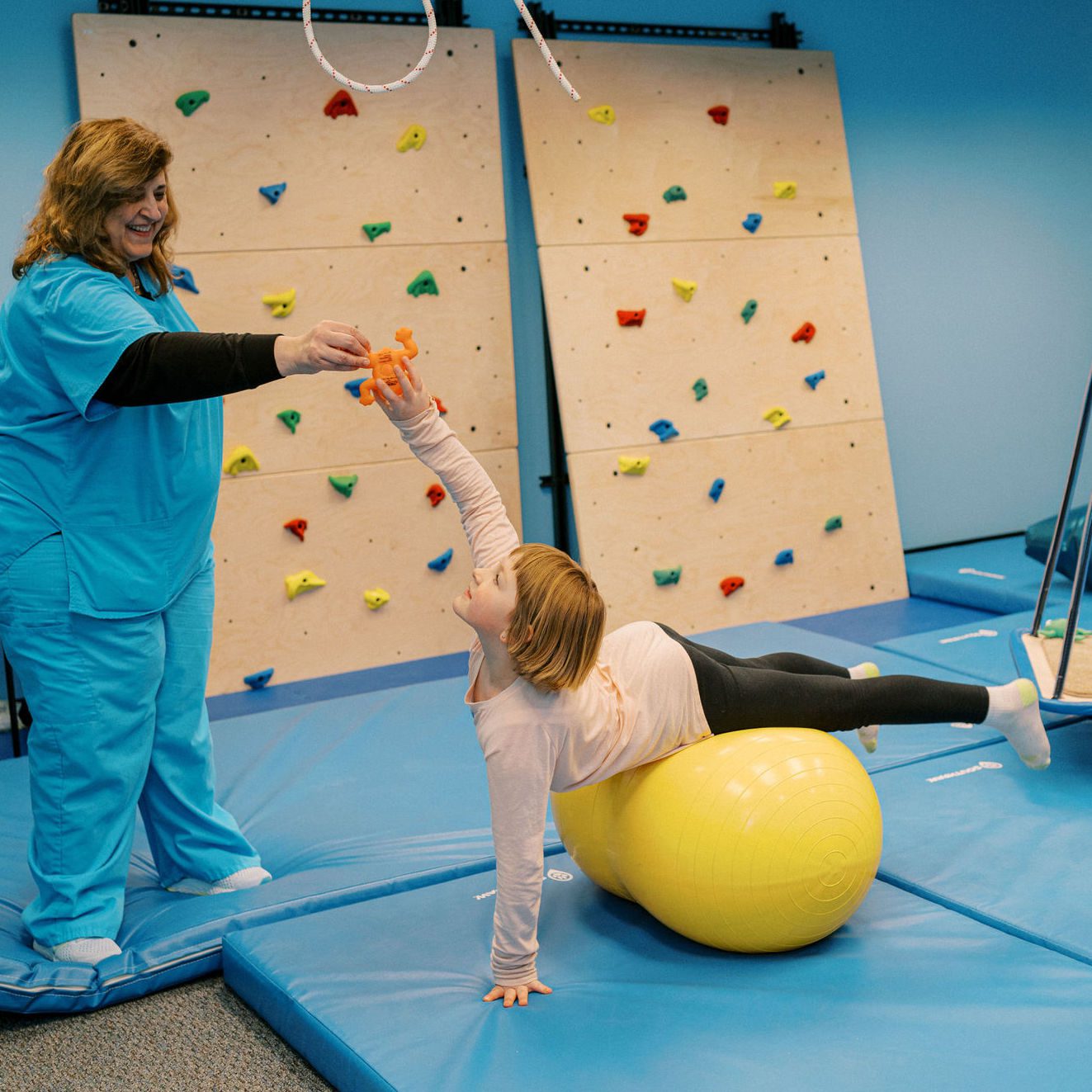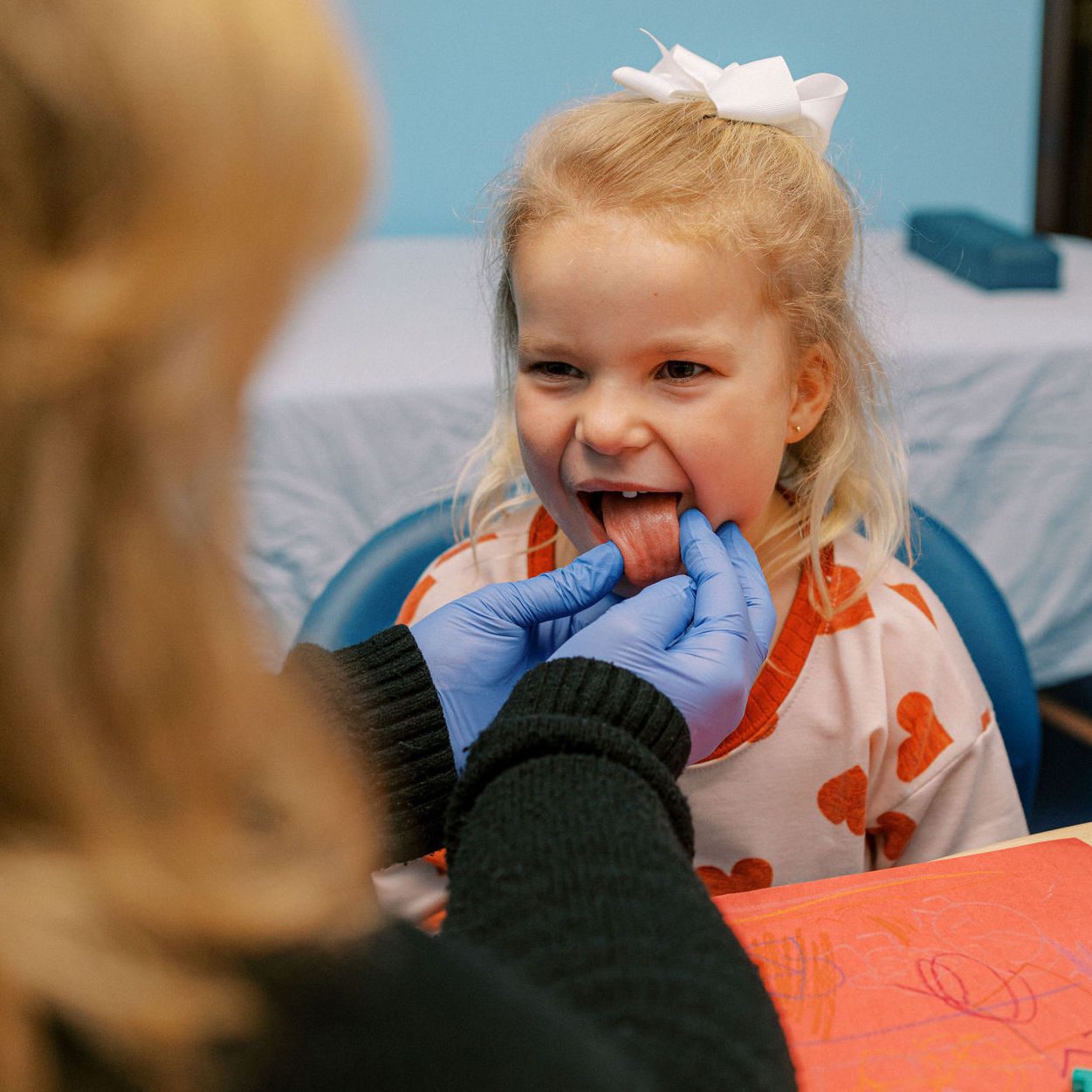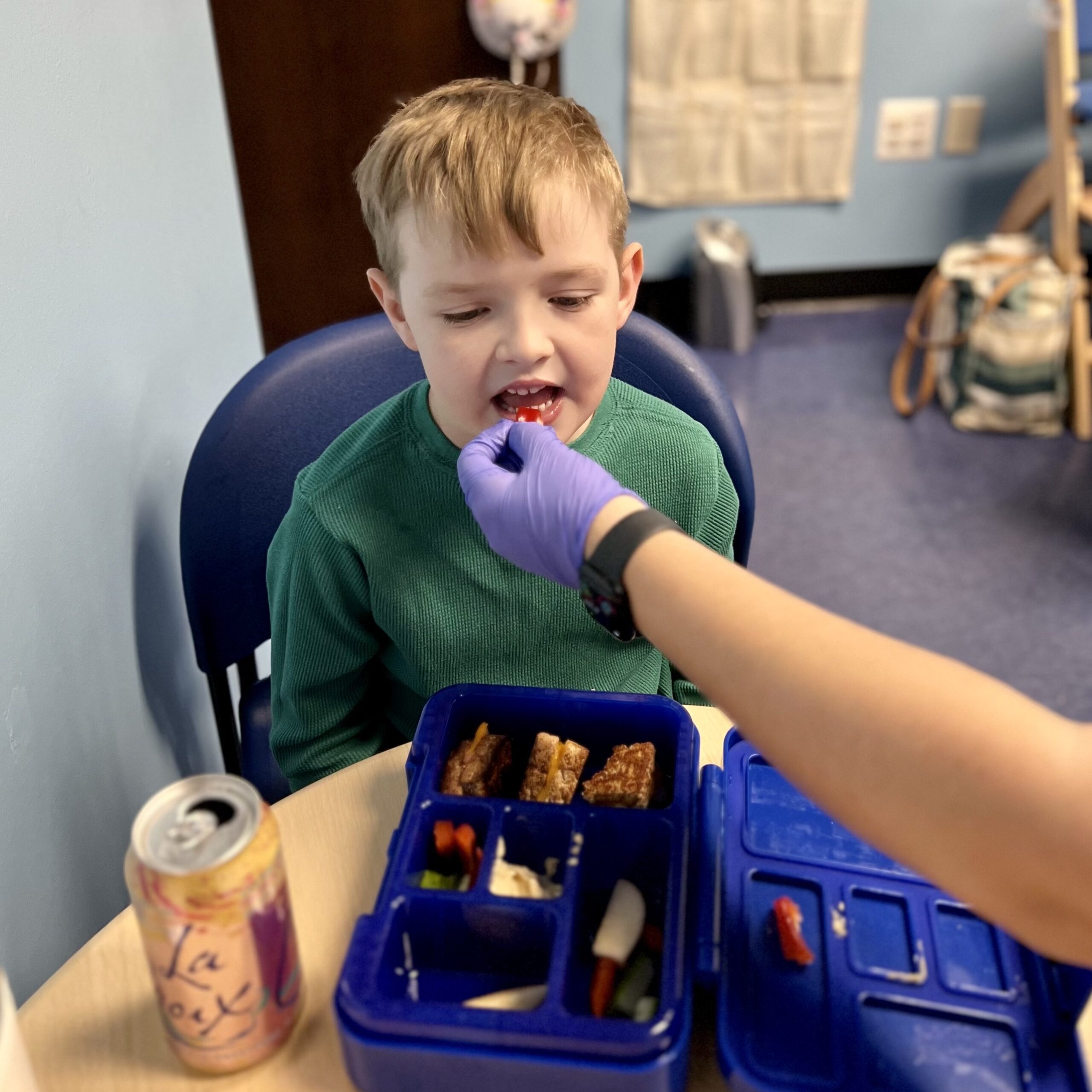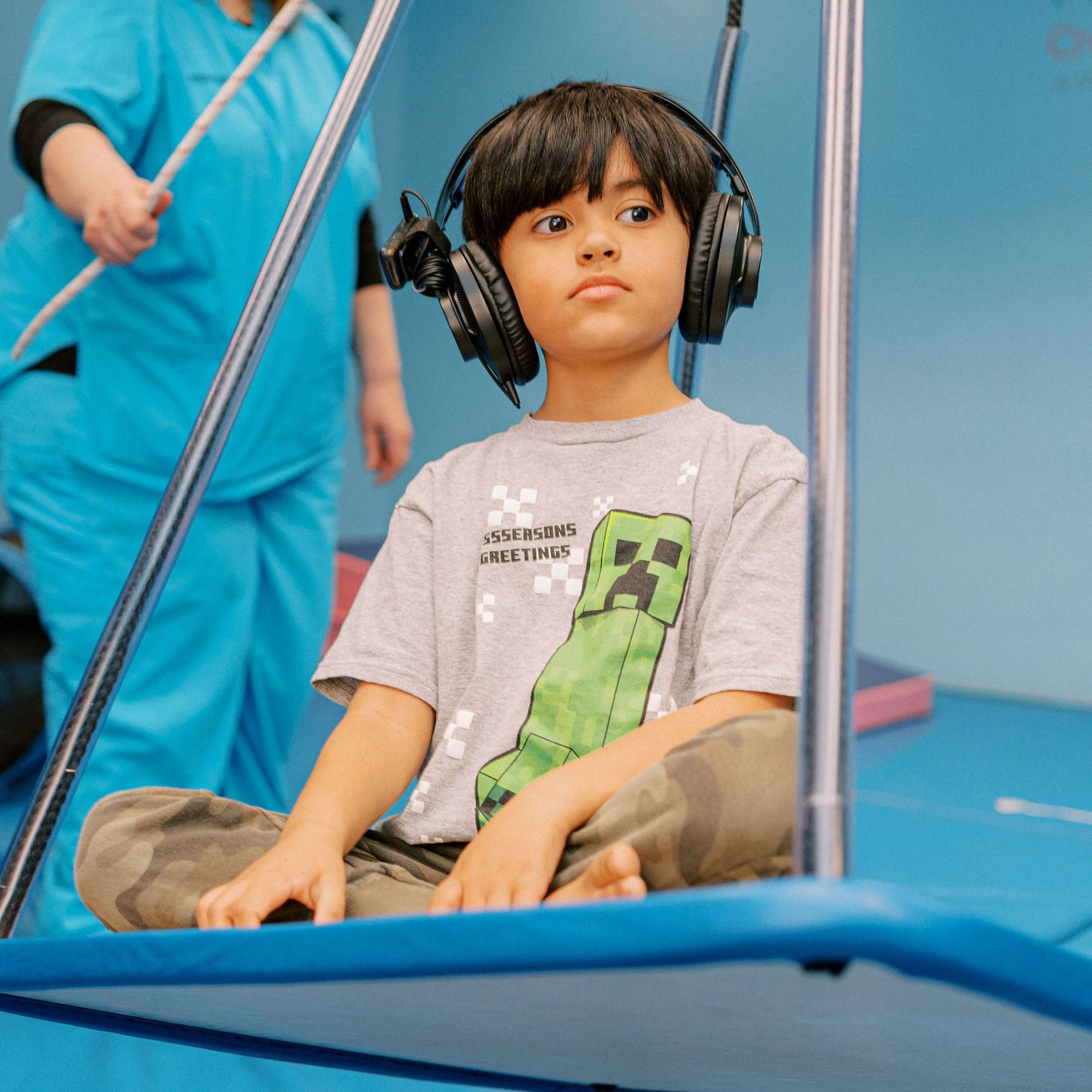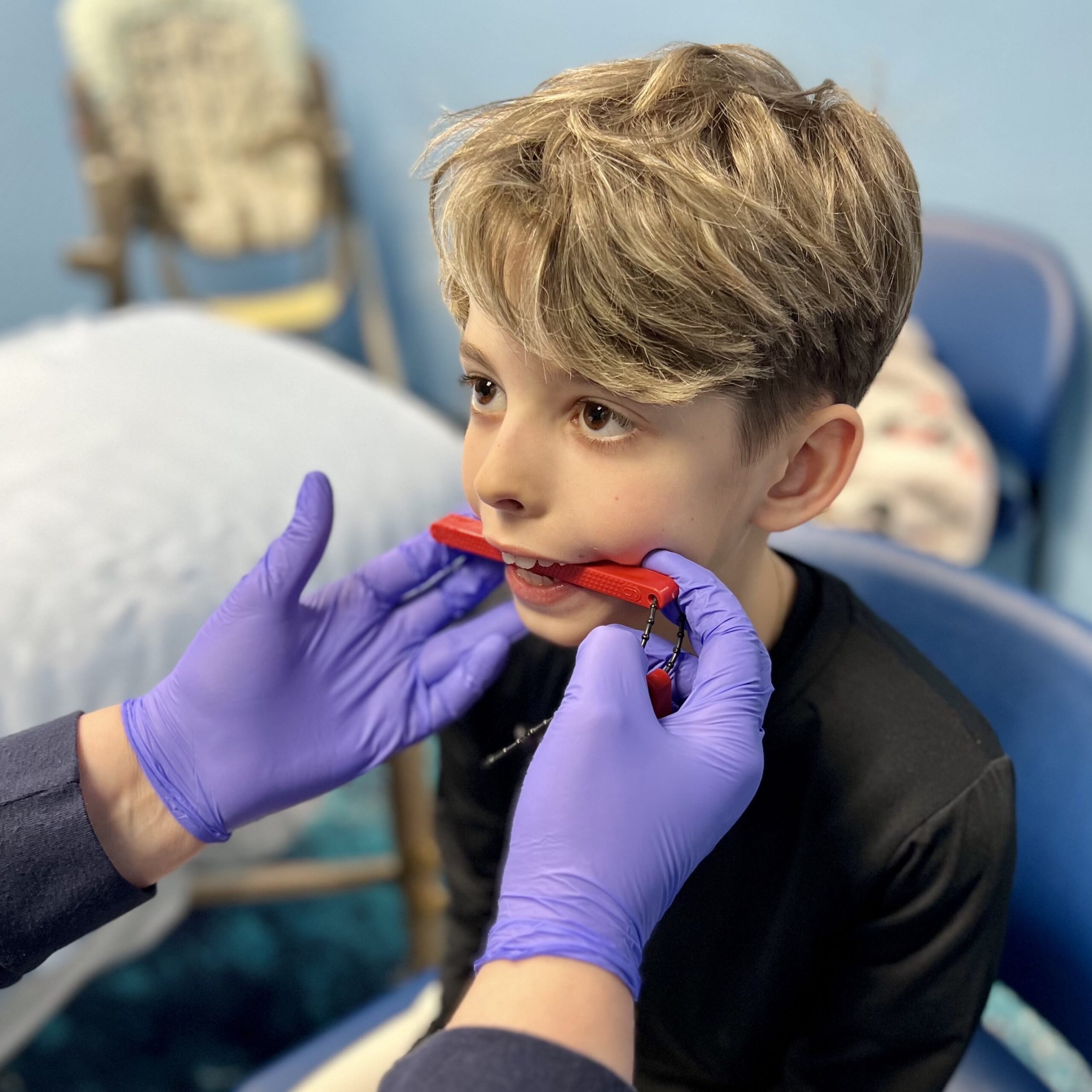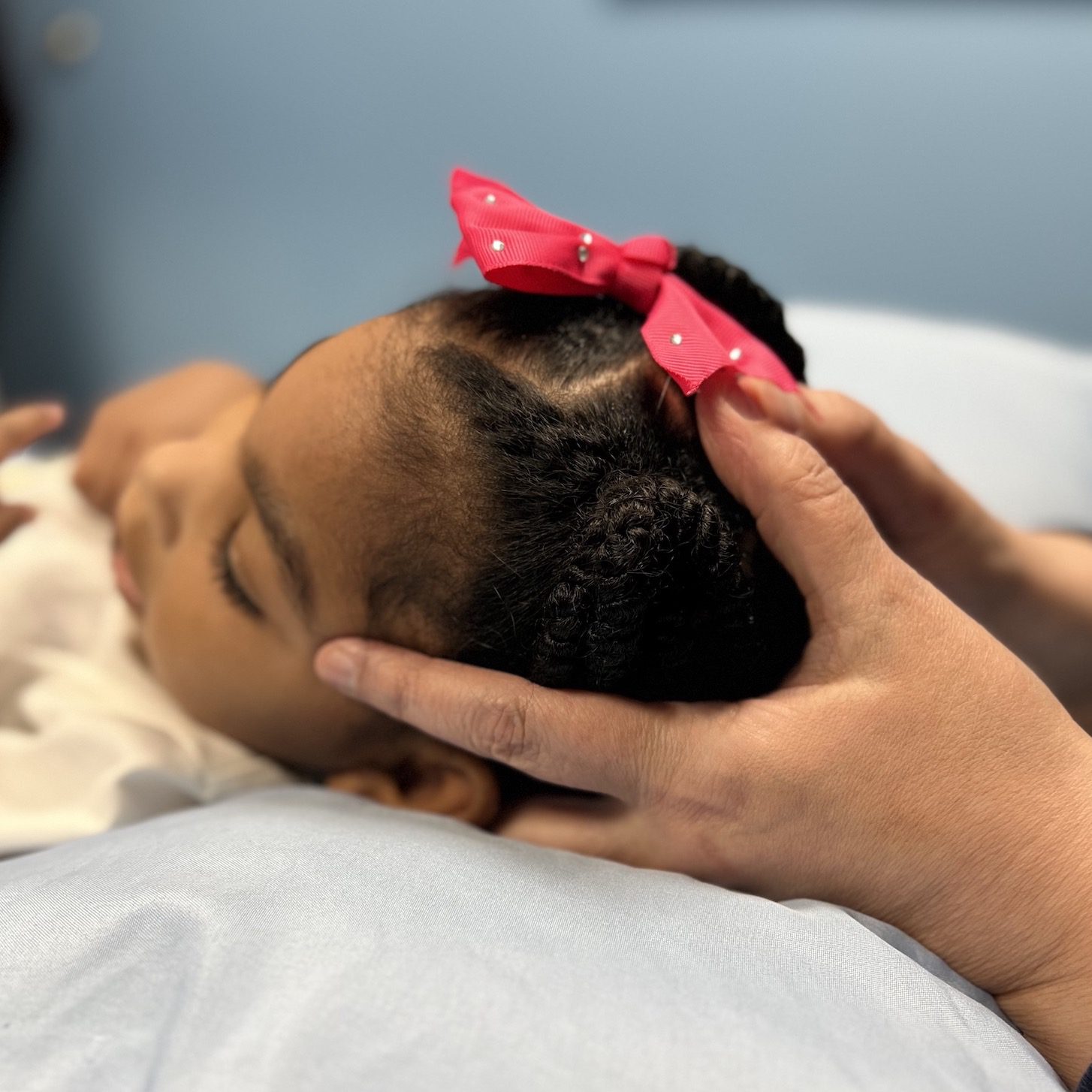Transformative Pediatric Therapy
We help children and families struggling with picky eating, breastfeeding, difficulty latching or bottle feeding, tongue tie, sensory processing issues, ADHD, autism, vision deficit, birth trauma, and more achieve normal functioning skills.
Where Every Child Finds Their Strength
Michigan Pediatric Therapy in Farmington Hills, Michigan stands as a beacon of hope and healing for families, offering unwavering support and expert guidance in the journey toward children’s success.
Occupational Therapy (OT)
Enhancing children’s lives through tailored solutions for developmental challenges, physical disabilities, or emotional struggles
Feeding Therapy
Guiding children and their caregivers through picky-eating, breastfeeding, bottle feeding, and transition to solids
Sensory Integration Therapy
Helping children navigate the world through sight, sound, taste, touch, balance and movement, and body positioning
Oral-Motor Therapy
Enhancing muscle tone, strengthening weak areas, and ensuring symmetrical movement
Craniosacral Therapy (CST)
Unraveling restrictions to facilitate the natural movement of fluids and soft tissues in your infant or child’s body
Everyone’s treatment varies because we are all different. Your individualized treatment will always be structured to meet your child’s needs and enhance your child’s wellness.
Read What Our Clients Are Saying
![]()
Schedule your free 15-minute phone screening.
(248) 939-4030
